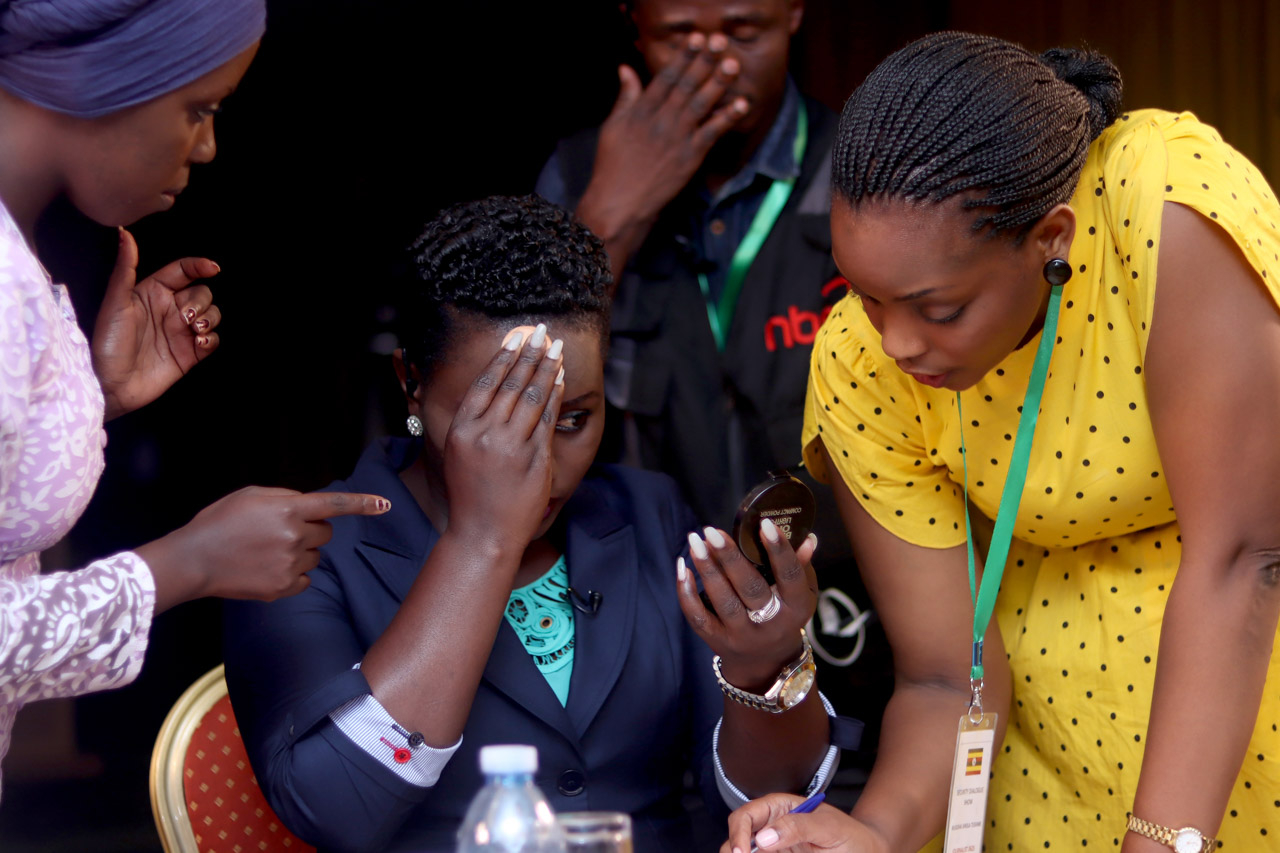Your project, The Network, is a behind-the-scenes look at the Ugandan Nation Broadcasting Services (NBS). Did you encounter any resistance in turning your camera onto the cameras, or behind the cameras?
Stuart: “No, I didn’t. I started interning with NBS in 2017 and I developed my project idea while working in the Digital Marketing department of the station, so I was a part of the team and everyone already knew me. My face and my presence as a photographer was familiar to my colleagues and they didn’t pay much attention to me as they were busy with their own work. Essentially it was a perfect situation for me, because I could shoot my personal project and get on with my usual work at the same time, never noticed or questioned by anyone.”
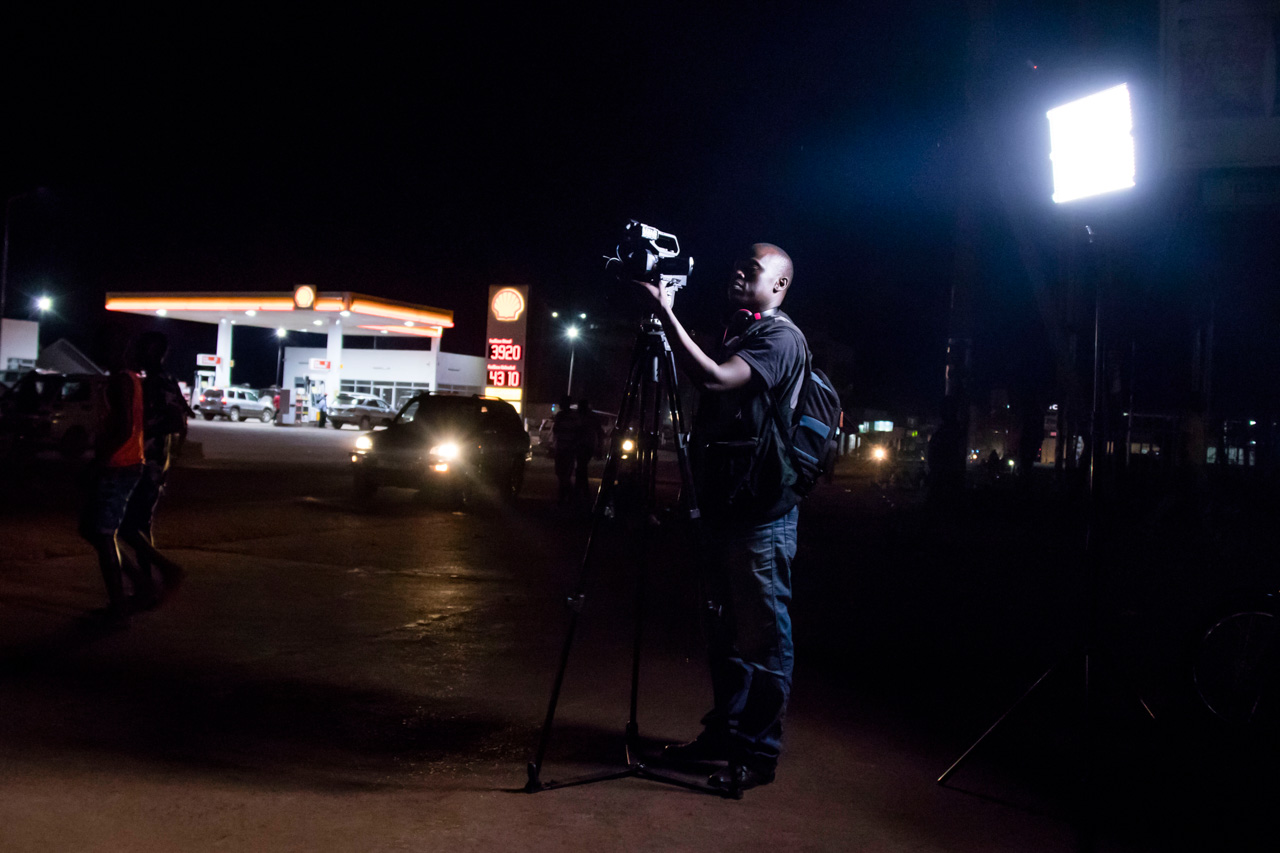
What is your interest in presenting this view of the news media?
Stuart: “There are two main motivations that inspired me to shoot “The Network”. When we watch the news it all seems so smooth and effortless. But behind the scenes there is a machine running 24 hours a day, seven days a week to maintain that illusion. That is what fascinated me initially and later I started looking at it from the wider perspective of the Ugandan media landscape in general. Though it is vibrant and fast-paced, it is also a tough market to exist in. Its consumers demand the truth, while the state often finds that same truth inconvenient or unsuitable. Journalists often face danger as they carry out their duty of bearing witness in risky places and situations, and the news they produce can put them at odds with law enforcement too. But every day they rush off to all corners of the city and the country, hunting for stories that will get a response from their viewers. I wanted to show what it takes to produce content that keeps my fellow Ugandans interested and entertained, especially during our current political upheavals.”
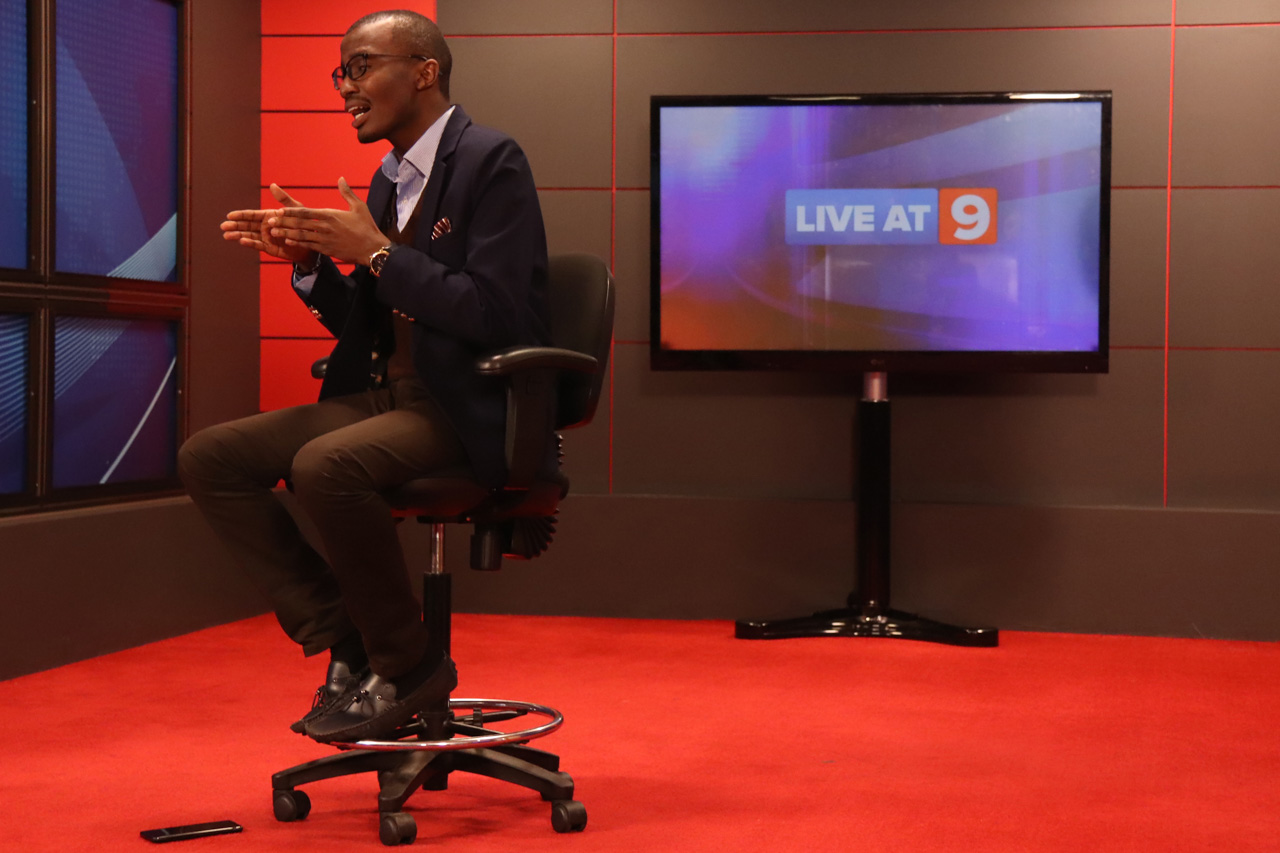
How is the Ugandan media affected by the discourse of ‘fake news’? Is there a general trust or distrust of the news media in Uganda?
Stuart: “It depends on the media outlet and on what kind of content they are putting out. For example, no-one trusts the Red Pepper tabloid, which is our equivalent of Britain's The Sun or The Mirror, because they constantly publish information that is dubious, not properly checked or unreliable. It’s always entertaining though (at least for some) and that’s why many Ugandans enjoy reading it. Ugandans love entertainment and gossip so that’s why the paper is so successful and sells very well. To be fair though, there were a couple of instances when they broke some serious news and bore the consequences. On one occasion the Red Pepper and two other papers and some radio stations were temporarily shut down by the government for publishing a letter from a renegade general.”
Anna: “It seems that generally it depends on who is consuming and who is producing the news - low levels of literacy in certain areas of society make those groups more prone to believing fake news, and some outlets take advantage of that rather than binding themselves to journalistic ethics and standards.”

How many photographs did you take for ‘The Network’ and what were your criteria for arriving at the final selection of images?
Stuart: “Throughout the process I took hundreds of pictures per week and my mentor, Frederick Noy, would review them with me and we would narrow the selection down each time. It was great to be able to talk to him and edit together and see how different our perception of an image could be. I feel like this process was extremely useful, but also intense. The final edit of 21 pictures was a result of the endless discussions we had and me trying to understand how to tell a story. In the end, we felt that this edit shows what I wanted to visually communicate - the machine and its many parts and the situations that build it.”
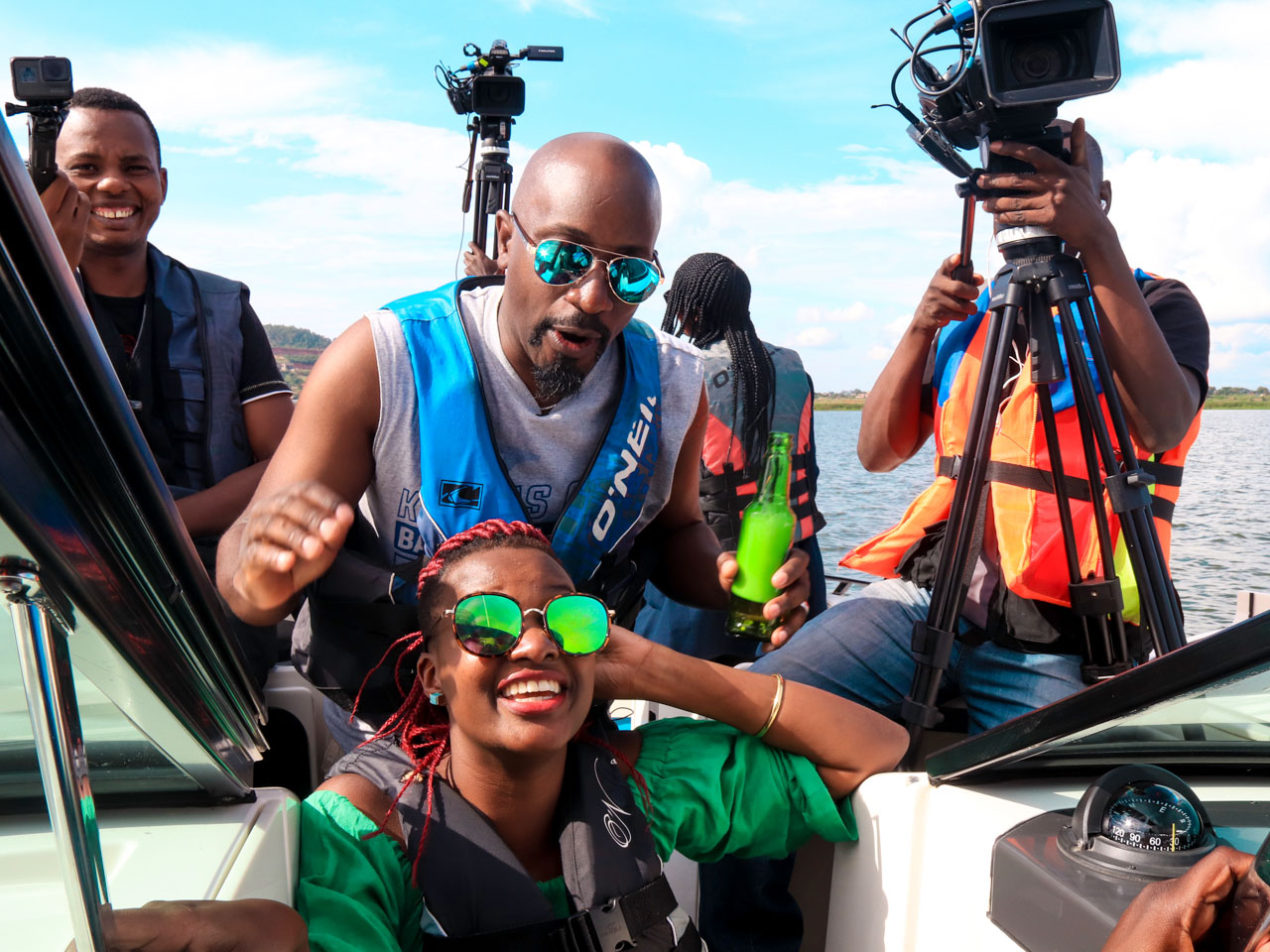
Can you give context to the YPA and the mentorship program? How are the mentors selected and what is the role in the development of your work during the Award period?
Anna: “We established the YPA and the mentorship programme in 2016, when we realised that young photographers in Uganda who are interested in documentary photography often lack not only tools, but more importantly guidance to develop their voices as visual storytellers. The basic idea behind both the award and the programme was to provide support in overcoming these barriers, to contribute to the learning and professional development of early-career photographers, boosting their creativity and broadening their horizons. We run the programme on an extremely low budget and it would not be possible without the engagement of our two partners, “the Friedrich-Ebert-Stiftung and Canon Central and North Africa, or the participation of experienced documentary photographers based in Uganda. Apart from each participant working on a one-on-one basis with their mentor we also meet as a group quite regularly and so I’m extremely grateful to all the photographers who have mentored in the two editions thus far; Anne Ackermann, Sumy Sadurni, Frederick Noy, Will Boase and Jiro Ose. Without their willingness to commit their time and knowledge it would have not been possible.”
Stuart: “The mentorship programme and the opportunity to be mentored by Frederick gave me a lot of input in terms of storytelling and also in editing images so that they work together rather than stand alone. It helped me to stay focused and keep my head clear when I was in the field, and to learn how to deal with criticism in a positive and constructive way. The mentorship also gave me the experience of following through a photo project from the very beginning to the end, from the ideas to the point when I saw my prints, framed on the wall, and it gave a great sense of accomplishment. In the broader sense I learned to set my priorities right, not only in with photography but with life in general.”
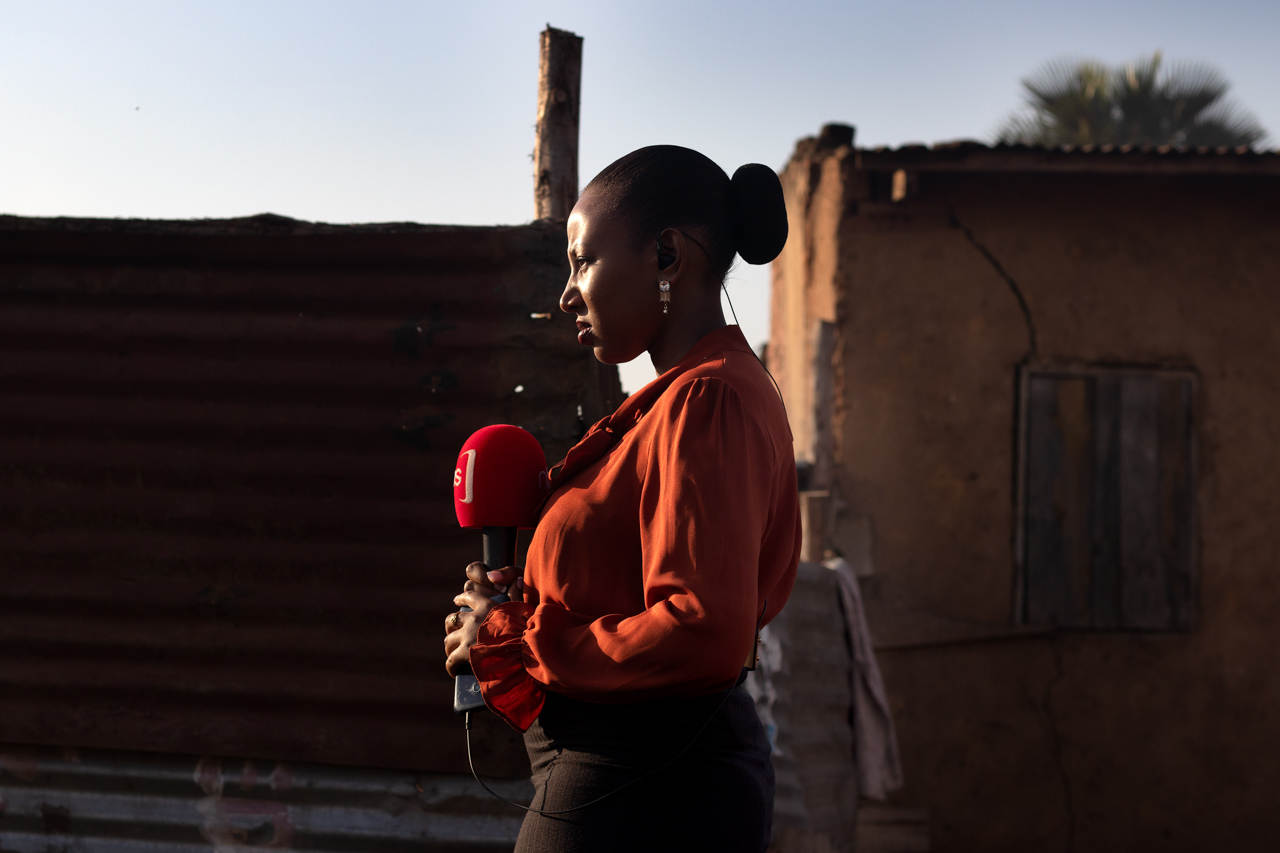
What are your plans for ‘The Network’? Is it being shown or published elsewhere?
Stuart: “Not yet, but I’m working on it.”
Are you working on a new series at the moment?
Stuart: “Yes, I am. I have two different ideas I’m exploring at the moment but they are very fresh so I don’t want to reveal too much!”

